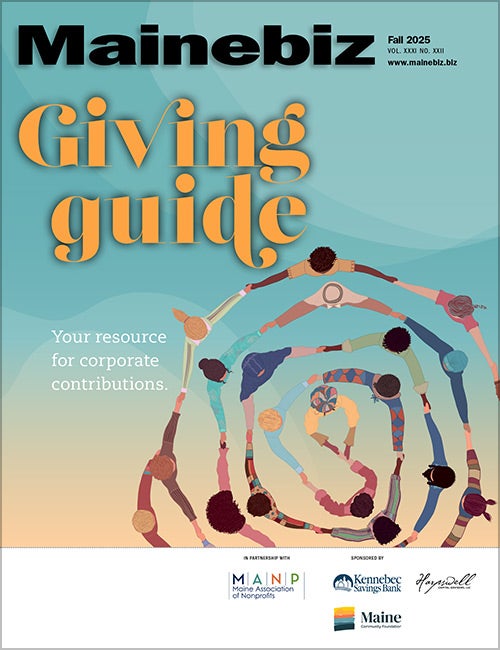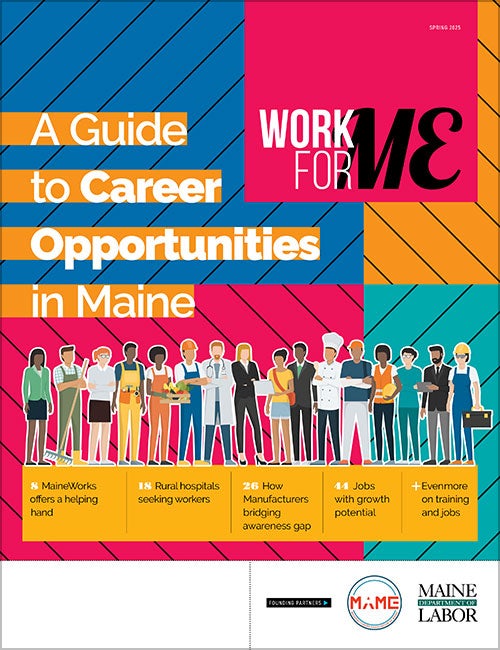
What to outsource to AI — and what to keep human-centered
 Adobe Stock
Use AI where it saves time. Keep humans where it builds relationships, writes guest columnist Rich Brooks.
Adobe Stock
Use AI where it saves time. Keep humans where it builds relationships, writes guest columnist Rich Brooks.
Not using AI in your business today is like not having a website a decade ago: it puts you at a serious competitive disadvantage.
But outsourcing the wrong tasks to AI can be just as risky. Your customers don’t want to feel like they’re talking to a robot in customer support or reading a blog post written by a microwave oven. They want a human connection.

Figuring out which jobs are best left to AI — and which require the human touch — is critical to using AI in a way that’s ethical, effective and profitable.
Start with repeatable, low-risk tasks
AI thrives on pattern recognition and speed. If you have a task that is time-consuming, repetitive and doesn’t require emotional nuance, it’s a good candidate for outsourcing to AI.
Good tasks for AI outsourcing include:
- Transcribing and summarizing meeting notes
- Generating ideas for social media posts
- Writing first drafts of blog posts or product descriptions
- Creating A/B test ad variants
Because today’s popular AI platforms — ChatGPT, Claude and Gemini, to name a few — prioritize “helpful and harmless” above “truthful,” you’ll still need to put human eyes on any generated output before it sees the light of day.
Be careful with ‘touchpoints’
In marketing, a touchpoint is any point of contact or interaction with your audience, and it’s these touchpoints that can make or break whether someone becomes a customer-for-life…or leaves a bad review at Yelp or Google. In short, this is where the human touch is critical.
I still write all my own emails. I’m not talking about marketing or transactional emails; I’m happy to lean on AI to help me craft “three promotional emails for our upcoming workshop.” I’m talking about day-to-day emails to clients, team members and partners. That’s where relationships are built ... or undone.
That’s not to say you can’t ask AI for a tone check on difficult conversations. AI is especially good at seeing what you can’t, such as word choices that might telegraph your frustration that are best left on the cutting room floor. But relationships are not fodder for AI delegation.
Recent research from Edelman, Deloitte, and Consumer Reports all show that the majority of Americans don’t trust AI, and that distrust can even keep them from buying products that promote they use AI. While this will probably fade or evolve over time, it’s best to keep AI as your “back-office support staff” rather than your front-line employees.
AI can help support these efforts with research, ideation and editing. But the final output should sound, feel and be human.
Treat AI as a collaborator, not a replacement
The people who are getting the most out of AI today aren’t outsourcing their core competencies to AI, instead they’re using AI as a collaborator.
Writers use AI to brainstorm angles or outline articles. Designers generate quick mockups to explore new concepts. Marketers automate reports so they can spend more time interpreting results and meeting with clients.
Personally, I use AI to help me develop new presentations. I bounce ideas off it, use it to structure the agenda, and ask it to uncover gaps in the material. I’ll use AI to do deep research on the topic, or uncover resources I might not have discovered on my own. When I can’t find the right images for a slide, I’ll use Midjourney or Google’s Nano Banana to help me create them.
But the final slide deck, the preparation and the presentation are 100% me.
This isn’t about replacing humans. It’s about giving them better tools.
If it affects trust, keep it human
Trust is your most valuable currency — with clients, employees and your audience. If a task impacts trust, tone or strategy, don’t hand it off to AI.
Use AI where it saves time. Keep humans where it builds relationships.
That balance will look different for every business. But it’s the balance that matters.












0 Comments